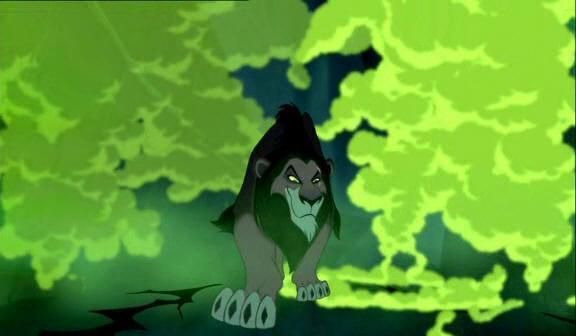Reclaiming the Obviously Delightful Disney Villain
I have to say, I really miss Disney villains in the cinema that are blatantly villains. And I’m not the only one; the Nostalgia Critic brought it up, Lindsay Ellis has brought it up, and so have many others. we all have nostalgia for dramatic flair.
Mind, going in new directions is a good thing. Disney wants to experiment with its classic formulas. The company wants stories relevant to the current eras. We’ve gotten stories about princesses realizing their full potential, cities with ambitious politicians, and thoughtless heroes who don’t realize the .
Even so. Ducktales made me realize how much I missed Disney villains that were blatant, dramatic hams. Magica DeSpell is a terrifying ham that steals the show, owing to Catherine Tate’s hilarious and creepy performance as a witch that wants her greatest enemy trapped and taunted. Catherine, you gave the Tenth Doctor a run for his money.
My reason for wanting the old villains back, who would do their dramatic speeches and songs, are as follows:
1. I like identifying monsters

“He who fights with monsters should look to it that he himself does not become a monster . . . when you gaze long into the abyss the abyss also gazes into you” ― Friedrich Nietzsche
If there’s anything the past few years have proven, it’s that not every human can recognize a monster. Some will follow them into the dark, committing many heinous deeds, until they become the monsters that allow in the abyss. We’ve seen people for who they really are, and it causes a lot of pain.
A classic Disney villain would appear, and you’d know they were evil. A few vintage films would open up with animated storybooks giving the lay of the land, often establishing our protagonist and antagonist. The Wicked Queen in Snow White makes her appearance when her book reveals that she enslaved Snow White and made her dress in rages, and she plans to kill her stepdaughter for the crime of being beautiful. Maleficent crashes a princess’s baby christening, mocks the good fairies who were invited, and offers a dark gift of death.
Granted, not all movies had a singular villain. Pinocchio, as a counterexample, had at least four antagonists that all establish themselves as threats. The Sword in the Stone shows a young Arthur, before he’s crowned king, facing threats from hungry wolves to easily amused witches. But you knew who was friend, and who was foe, even if the foe was as impudent as a sapient sugar bowl.

The most recent thing has been learning that so-called capitalists bankrupted Toys R Us for money, and sabotaged its American operations, so that the corporation closed shop this year, after laying off thousands of employees. They went after a toy store. Somehow this all happened under our noses. As Twitter has pointed out, this is what stereotypical villains do. They went after something seemingly innocent and destroyed it because the money was more important. Not cool, dudes. And to add insult to injury, they won.
Disney changing its villains so that they are less obvious is good, in that not all monsters wear dramatic capes and engage in open evil deeds. But sometimes we need to remember to recognize the obvious. A certain someone who we won’t name got so far by announcing how much of a creep and villain he was. And he’s causing havoc because enough people believe in his rule. It’d be nice to have a movie that reminds us that the obvious can be defeated.
2. I like dramatic villain songs

To be fair, not every Disney villain from the vintage has a song. Many didn’t, actually; the closest would be Lady Tremaine instructing her stepdaughters in music lessons. With that said, a hallmark of Disney villains from the 1930s onwards was their singing. A few, like Hades and Shan Yu, do not sing because it doesn’t match their style. But we got quite a few, like Scar in The Lion King, and Madam Mim in The Sword in the Stone.
When a villain sings, they perform, literally. And their audience determines the tension for the film. We aren’t the only ones hearing the stakes; the company present during the song also does that. It’s why Elsa’s song in Frozen wouldn’t have been a villain song; she’s singing alone, on a mountain, and you can see why they changed that. I was so bummed that Jafar didn’t get an original song as planned because his audience was Agrabah as he would humiliate Aladdin. Gothel’s audience is her daughter, so as to suppress Rapunzel and keep her in the tower. The performances are always remarkable.
Make us part of the movie. Let us enjoy the hamminess. Remind us that this is a show, and we are eagerly watching. You don’t have to put in twists that a villain is not a villain, or is.
Ham and Hope
We like obvious evil, black and white scenarios, and some decent singing. And we need reminders now that, as the world’s prospects blacken, that we have a chance of survival and of defeating the monsters in our world.
Disney can live up to its brand, and give us some ham, and hope. Honestly, we need more of that hope as the days march onward. And I would prefer a villain that stays on the screen, out of real life.


